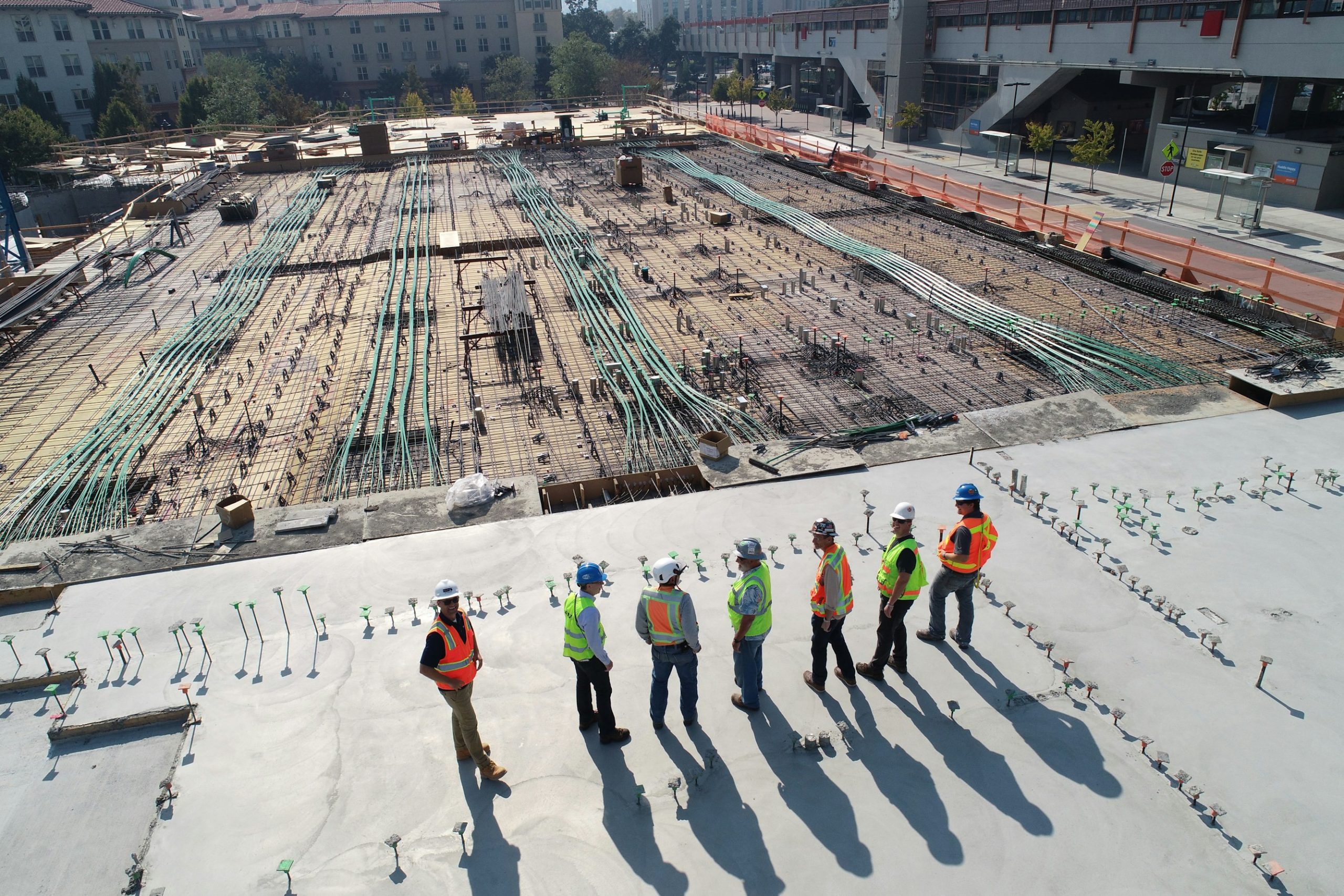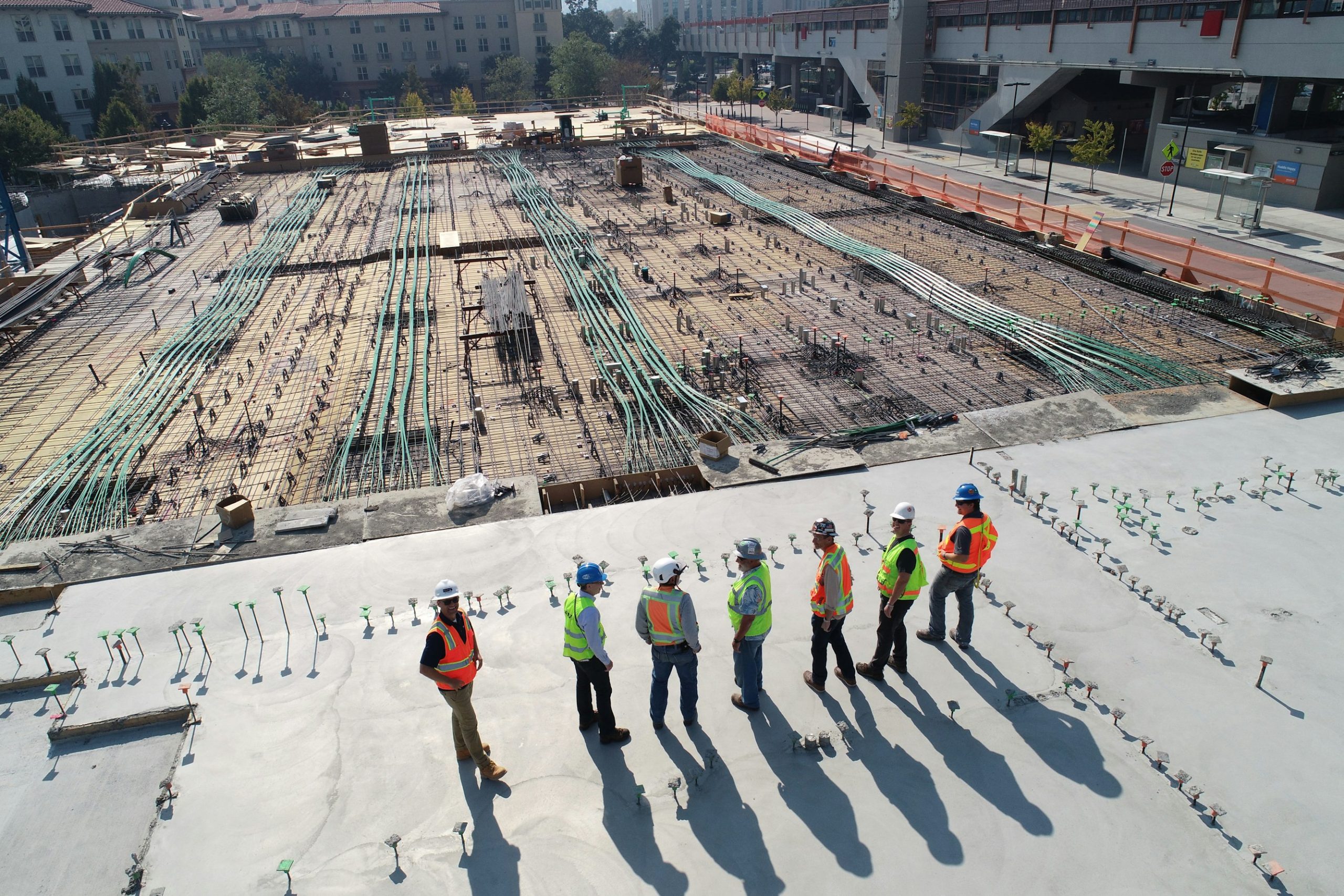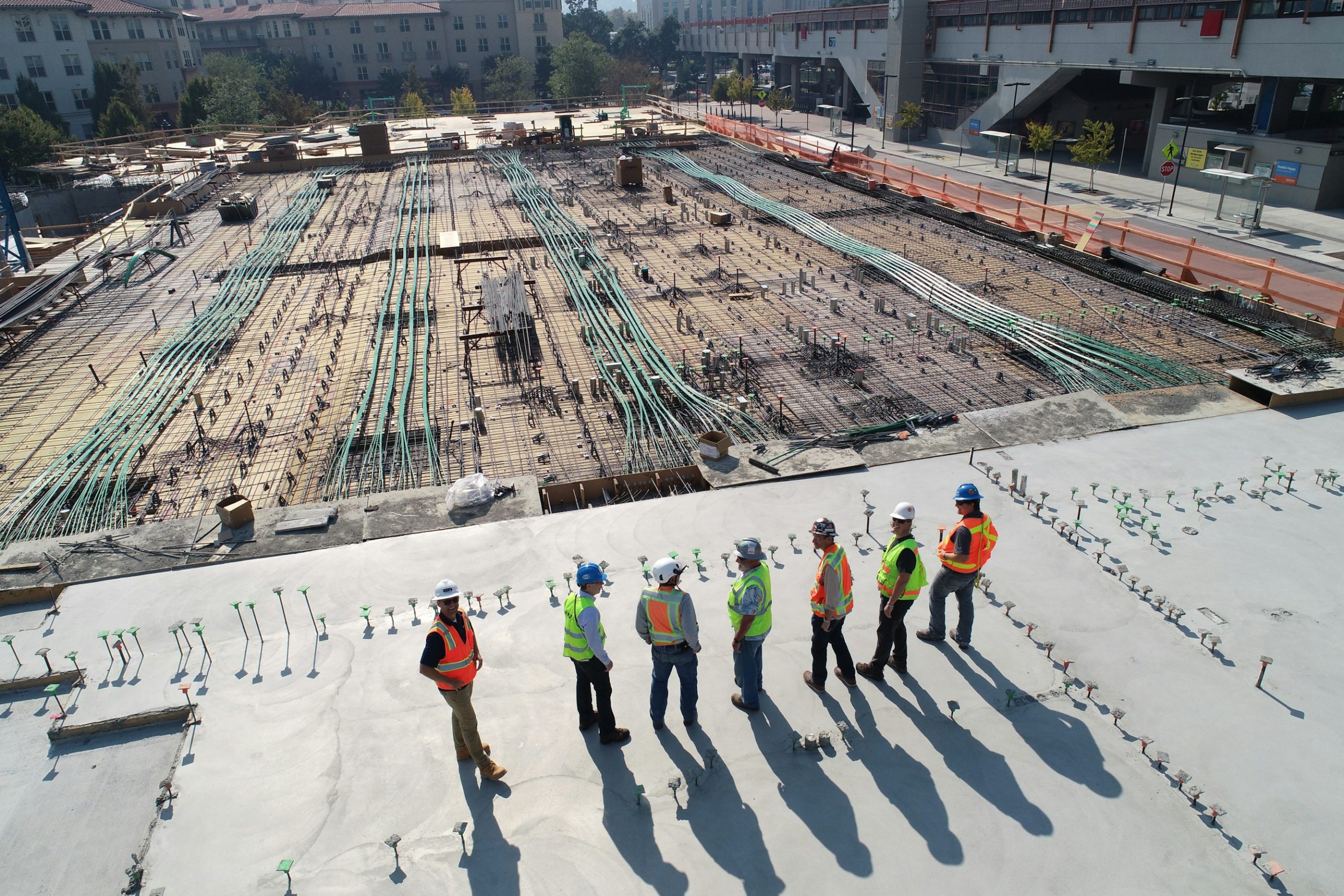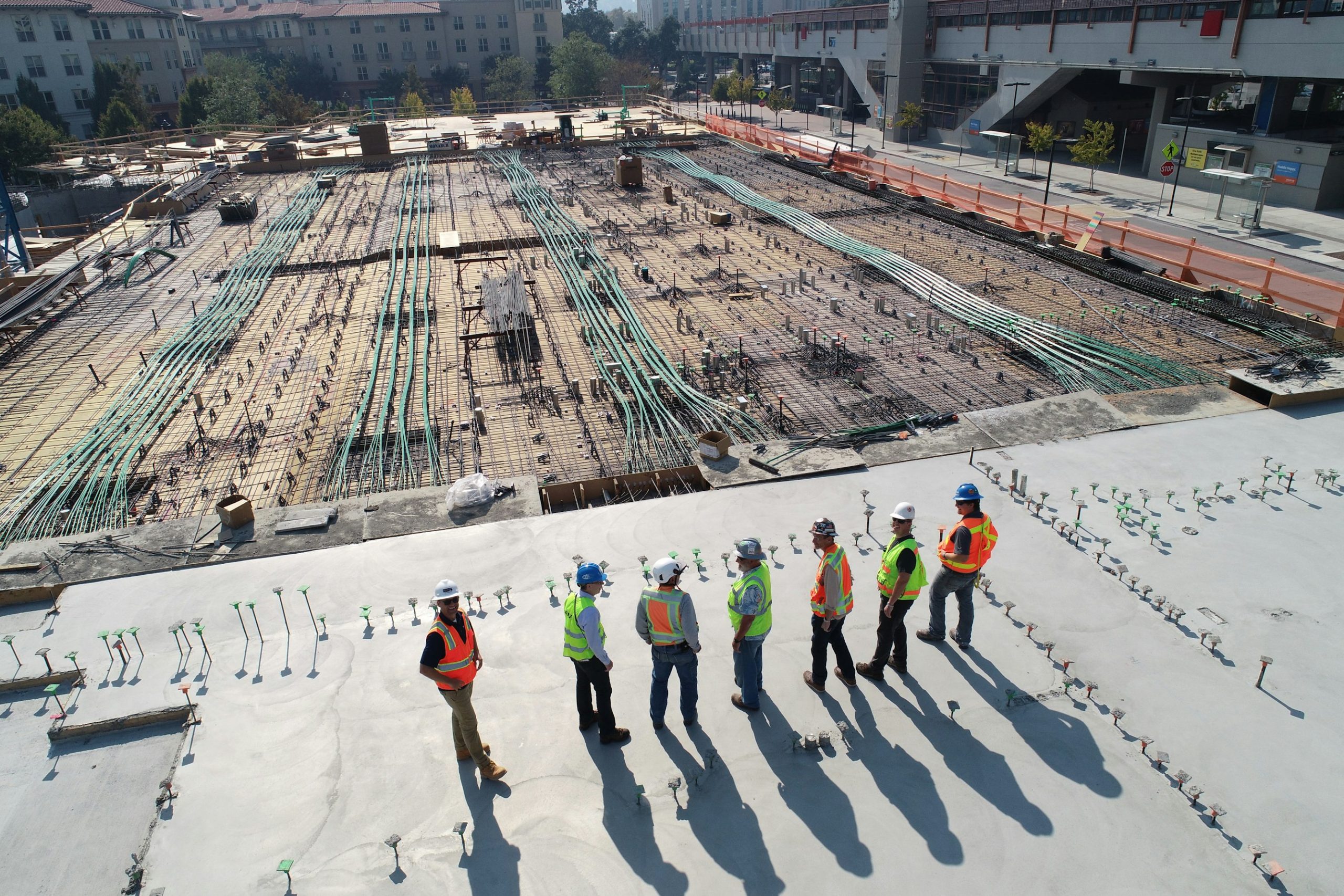The Disconnect Between Site Teams and Consultants: Fixing the Feedback Loop
The construction industry often faces challenges that stem from a disconnect between site teams and consultants. Effective collaboration is critical, yet communication barriers persist, affecting project outcomes. By utilizing construction project management software and leveraging modern communication tools, organizations can improve connections, ensuring everyone remains on the same page, thus enhancing overall performance.
Understanding Communication Barriers
Various communication barriers exist that hinder effective collaboration between site teams and consultants. One major issue arises from language differences, where the terminology or jargon varies even among professionals. Clarity in messaging is crucial; however, hierarchical structures can complicate this, leading to misunderstandings. Ultimately, effective communication is often sidelined when messages are unclear or poorly defined.
Moreover, information silos develop when different project management tools or messaging platforms are used by consultants and site teams. These silos create a lack of transparency and impede collaboration. Additionally, geographical and temporal differences complicate interactions among dispersed teams, especially when teams work across different time zones. Limited social interactions can create a sense of isolation and make it harder to communicate effectively.
Common Barriers to Effective Communication
Among the most challenging barriers are:
- Lack of Clarity: Ambiguous messages can lead to misunderstandings, emphasizing the need for clearly defined roles and objectives.
- Technical Issues: Challenges in technology, such as network problems during video calls, can disrupt communication and hinder collaboration.
- Cultural Nuances: Differences in cultural backgrounds can foster misinterpretations, requiring a culturally sensitive approach to team interactions.
Strategies for Overcoming Barriers
To bridge the gap between site teams and consultants, it is essential to adopt effective strategies:
Active Listening
Encouraging active listening helps promote a respectful communication environment. Team members should practice reflective listening, summarizing what the other person has expressed and asking for clarifications when necessary. This method assures that messages are accurately received, leading to a more harmonious relationship.
Transparent Communication
Fostering transparent communication is vital in maintaining clarity and trust. Openly sharing information and expectations can significantly reduce misunderstandings. Establishing regular forums for feedback and discussions can help mitigate mistrust among team members. Leaders must communicate their decision-making processes transparently, justifying their rationale to ensure everyone is aligned.
Unified Communication Tools
Integrating unified communication tools significantly reduces the risk of disjointed communication. Utilizing construction project management software like Zepth ensures that all team members operate from the same platform, creating a streamlined approach. The use of tools such as Document Register ensures that project documents are centrally stored and accessible, enhancing collaboration and minimizing confusion.
Regular Feedback Sessions
Implementing regular feedback sessions where both site teams and consultants can practice active listening techniques fosters a culture of support and transparency. These sessions can take place bi-weekly, fostering a sense of interconnectedness that mission-critical projects require.
Best Practices for Effective Communication
In addition to the strategies outlined, organizations should implement best practices that promote effective communication:
- Clear Protocols: Establishing clear communication protocols ensures all team members understand their roles and responsibilities, thus preventing confusion.
- Cultural Sensitivity: Organizations should promote cultural sensitivity by providing training programs focused on cultural awareness. Recognizing and respecting diverse backgrounds can enhance teamwork.
- Open Dialogue: Encouraging an open dialogue culture, where team members feel safe voicing their concerns without fear of retribution, is vital for a supportive environment.
Emerging Innovations in Construction Communication
As organizations strive to improve interactions and bridge gaps, emerging innovations can significantly help:
Advanced Collaboration Tools
Utilizing advanced collaboration tools that integrate functionalities like video conferencing and messaging enhances communication significantly. Tools integrated into Zepth’s platform optimize collaboration, ensuring smooth interactions across the board.
AI-Powered Communication Assistants
Leveraging AI-powered communication assistants can manage and facilitate interactions efficiently. These tools assist by translating languages in real-time, summarizing meetings, and offering feedback, thereby reducing miscommunication probabilities. Zepth’s AI solutions enhance team productivity by integrating AI tools specialized in construction.
How Zepth Can Help
Zepth offers a comprehensive suite of tools designed to bridge the disconnect between site teams and consultants:
- Unified Platform: Zepth provides a unified platform for construction management, integrating various communication and project management tools. This ensures seamless collaboration between all stakeholders. Learn more about Zepth’s Construction Management Platform.
- Real-Time Feedback: With Zepth, real-time feedback and communication capabilities enable site teams and consultants to address issues promptly, thereby maintaining an effective feedback loop. Discover Zepth’s Real-Time Collaboration Tools.
- Transparent Communication: Zepth promotes transparent communication, facilitating open forums for discussions. This ensures all stakeholders remain informed and aligned throughout the project lifecycle.
By implementing these strategies and leveraging the right tools, the disconnect between site teams and consultants can be significantly reduced. Organizations can enhance collaboration and improve overall project outcomes, ultimately leading to successful construction projects.




